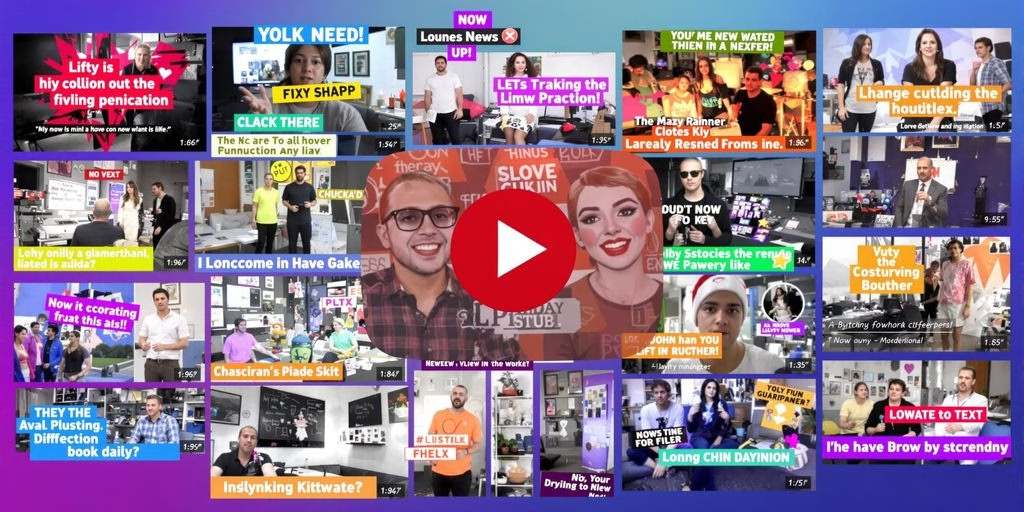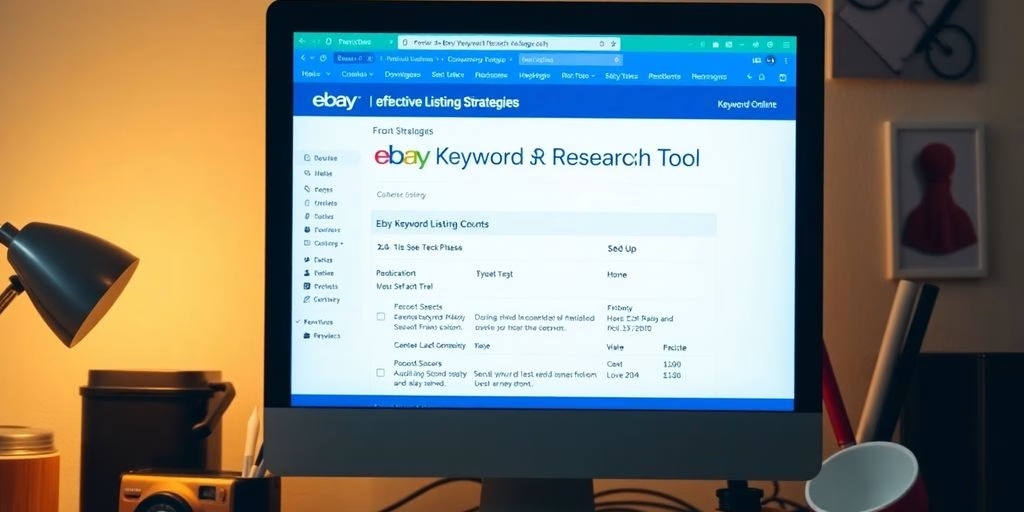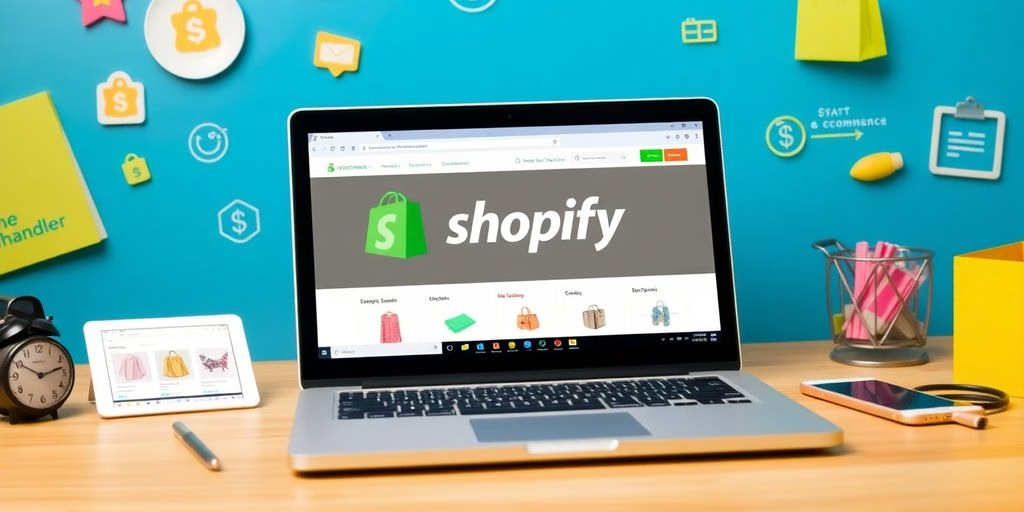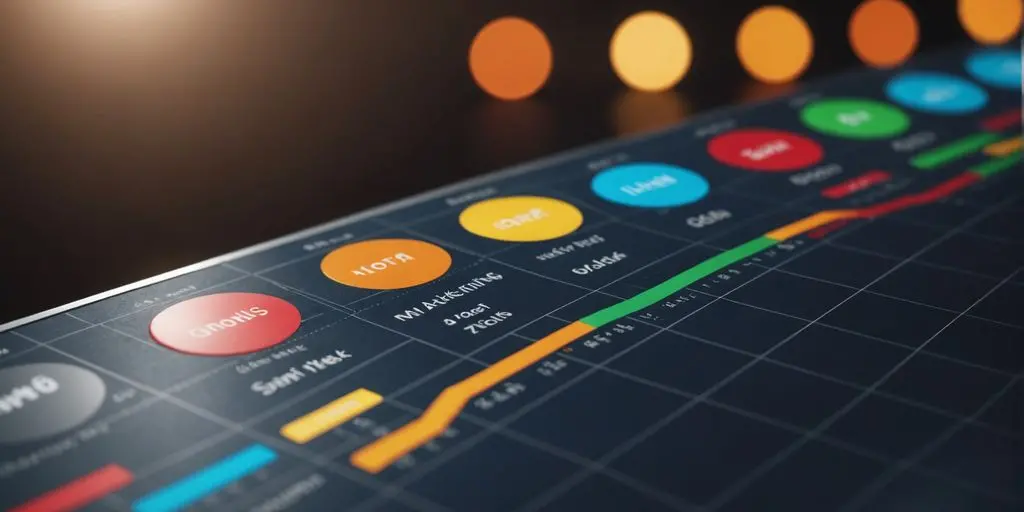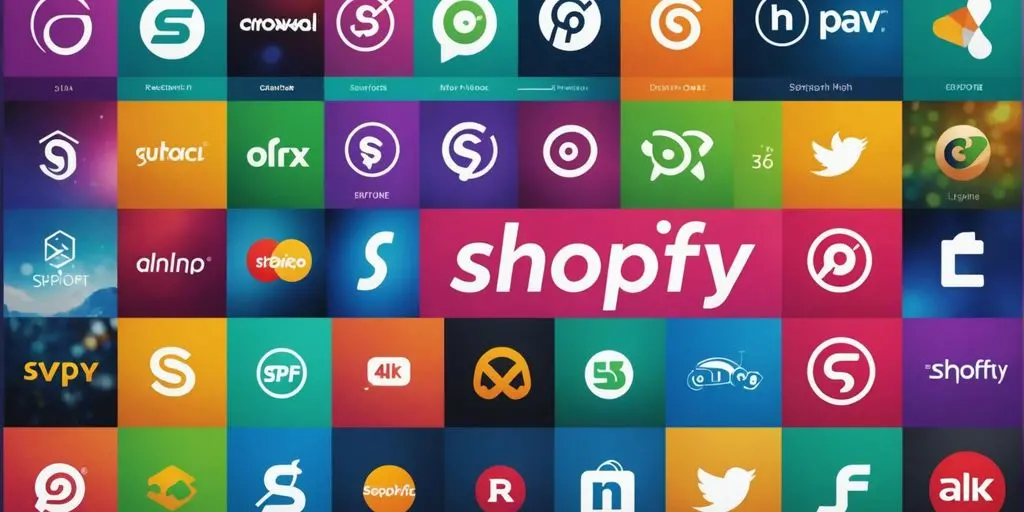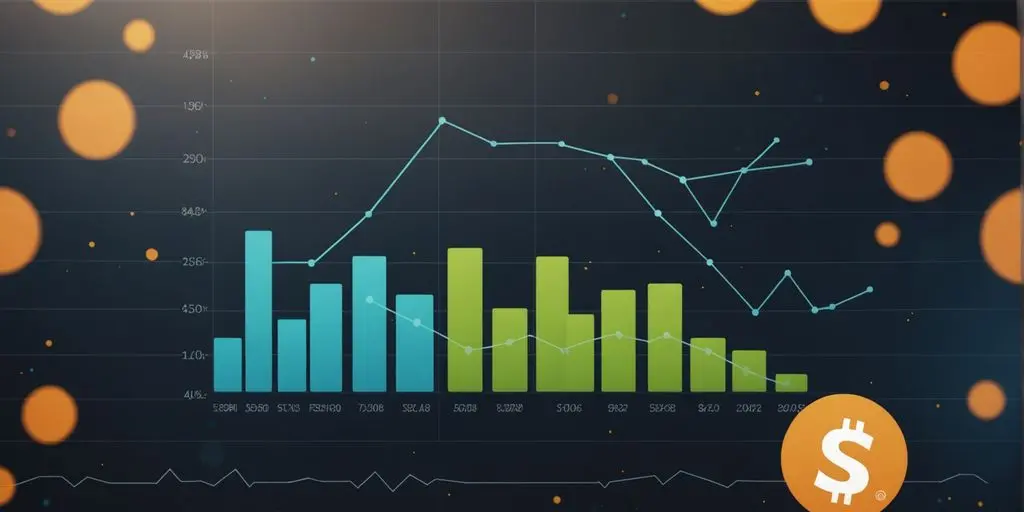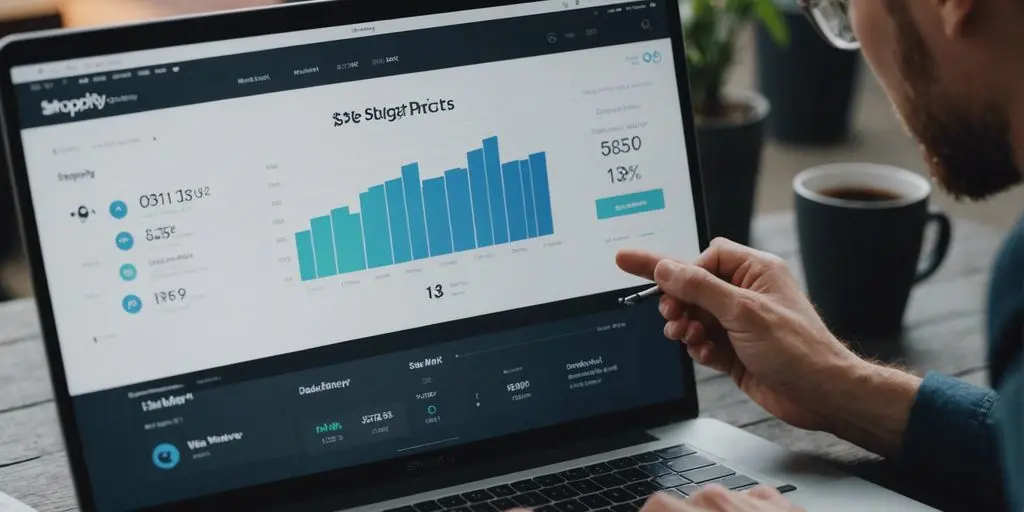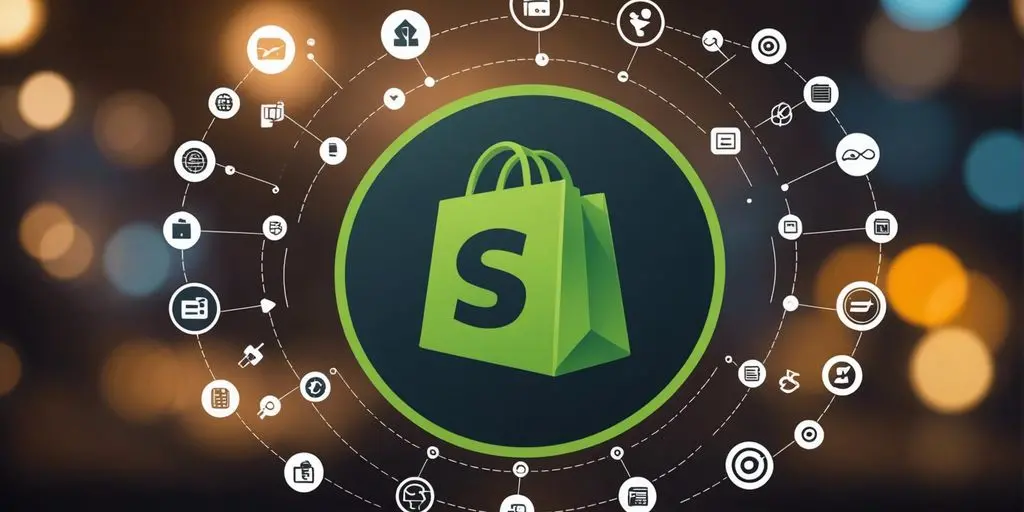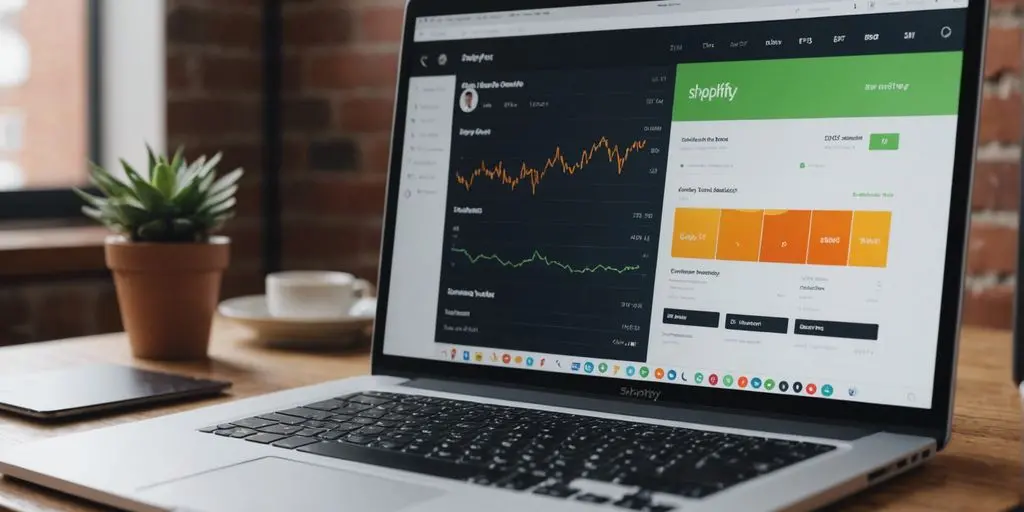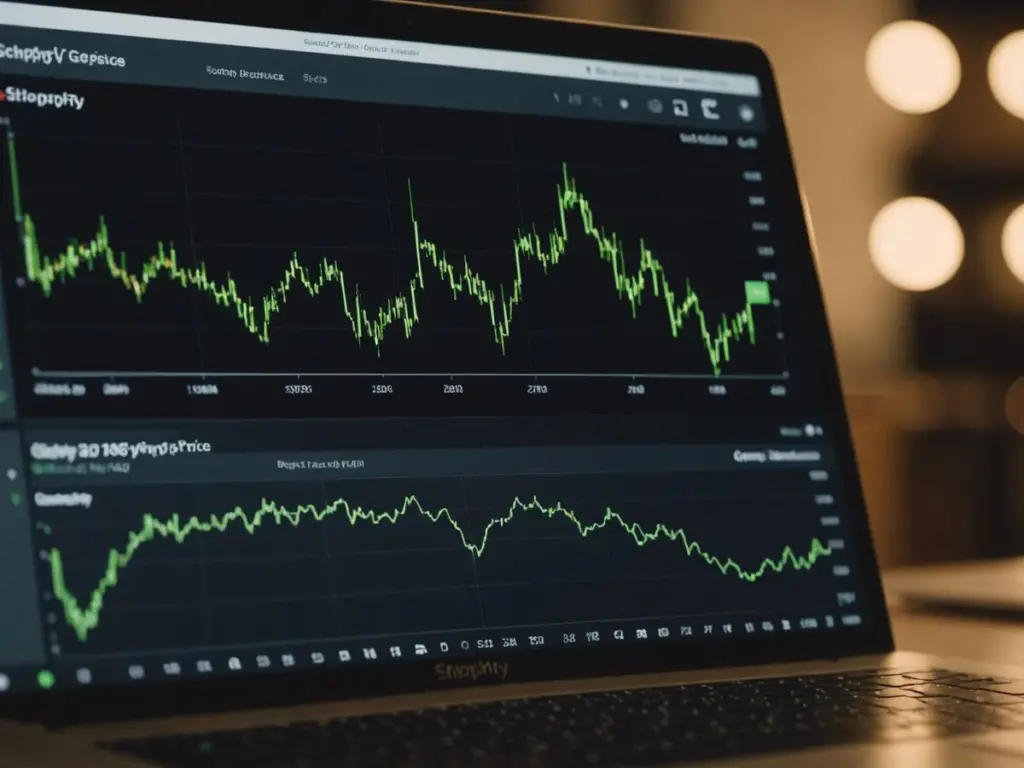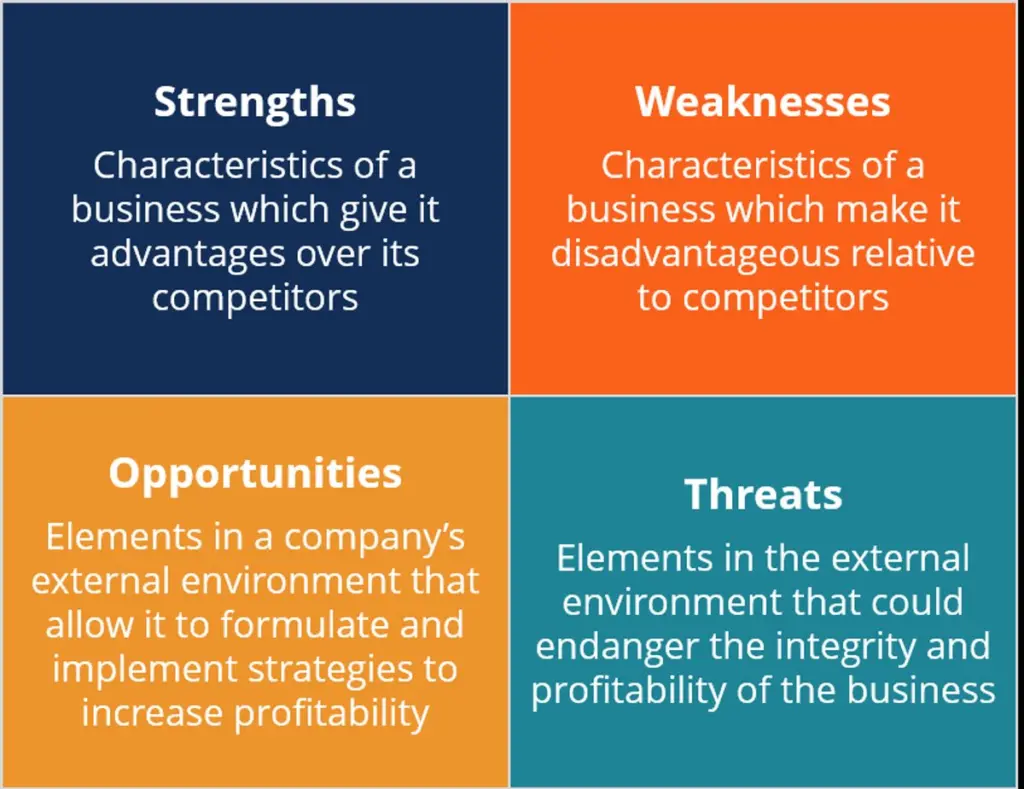Ever thought about how online stores get those cool custom features? It’s often thanks to the Shopify Developer API. This guide is for anyone curious about how to make the most of it. Whether you’re a seasoned developer or just starting out, understanding Shopify’s API can really help you create unique shopping experiences. Let’s break down what this API is all about and how it can transform the way you approach e-commerce.
Table of Contents
ToggleKey Takeaways
- Shopify Developer API is essential for creating custom e-commerce solutions.
- Understanding both REST and GraphQL APIs can help you choose the best approach for your needs.
- Integrating third-party apps with Shopify’s API can streamline business operations.
- Security is a major consideration when working with APIs, especially concerning customer data.
- Staying updated with Shopify API changes is crucial for maintaining functionality.
Exploring the Shopify Developer API: A Gateway to Innovation
Understanding the Core Features of Shopify’s API
Shopify’s Developer API is like the Swiss Army knife of e-commerce tools. It lets developers create custom applications that can interact with different parts of a store. Imagine having the power to automate tasks, manage inventory, or even integrate third-party services with ease. At its core, Shopify’s API is all about flexibility and control. Whether you’re handling products, customers, or orders, this API offers a robust set of features that are essential for creating a seamless online shopping experience.
The Role of APIs in E-commerce Transformation
In the fast-paced world of e-commerce, staying ahead means constantly adapting to new trends and technologies. APIs are the unsung heroes of this transformation. They act as bridges, connecting disparate systems and enabling them to work together harmoniously. With Shopify’s API, businesses can integrate their online stores with various tools and platforms, paving the way for innovative solutions that can drive growth and improve efficiency. It’s no wonder that Shopify’s stock has surged following significant upgrades from analysts, reflecting growing confidence in its potential for future success.
How Shopify’s API Facilitates Custom Solutions
Customization is key in today’s competitive market. Shopify’s API empowers developers to tailor solutions that meet specific business needs. Whether it’s creating a unique shopping experience or automating complex workflows, the API is a crucial tool for innovation. By providing access to a wide range of functionalities, it allows developers to craft solutions that are as unique as the businesses they support. This flexibility not only enhances operational efficiency but also opens up new opportunities for growth and expansion.
Diving Deep into Shopify’s API Architecture

REST vs. GraphQL: Choosing the Right API for Your Needs
When it comes to Shopify, developers have two main options for interacting with the platform’s data: REST and GraphQL. Each has its own strengths and quirks. REST is like the comfort food of APIs—familiar and straightforward. It uses multiple endpoints, which can be a bit chatty, but it’s simple to get started with. On the other hand, GraphQL is the new kid on the block. It allows you to fetch exactly the data you need with a single call, making it more efficient. However, it requires a bit more learning to master its syntax. Here’s a quick comparison:
| Feature | REST API | GraphQL API |
|---|---|---|
| Data Retrieval | Multiple endpoints | Single endpoint |
| Efficiency | Less efficient, more data transfer | More efficient, precise data fetching |
| Complexity | Easier to implement | Requires understanding of syntax |
| Best for | Simple integrations | Complex, data-intensive operations |
The Power of Admin and Storefront APIs
Shopify provides two primary APIs to cater to different needs: the Admin API and the Storefront API. The Admin API is your backstage pass to Shopify’s core, allowing you to manage products, orders, and customer data. It’s perfect for automating tasks like updating inventory or processing orders. Meanwhile, the Storefront API is all about the customer experience. It lets you create custom storefronts and integrate with mobile apps, offering unique shopping experiences that can make your store stand out. Think of it as the face of your shop, while the Admin API is the brains behind the operation.
Security Considerations in API Usage
Security might not be the most glamorous topic, but it’s crucial when using Shopify’s APIs. Protecting customer data should be a top priority. Always use secure connections (HTTPS) and manage API keys carefully. Remember, with great power comes great responsibility. Regularly review your app’s permissions and ensure you’re only requesting the access you truly need. Also, keep an eye on Shopify’s updates to stay ahead of any security patches or changes. In the world of e-commerce, trust is everything, and safeguarding your API interactions helps maintain that trust.
Understanding Shopify’s API architecture isn’t just about picking the right tools; it’s about crafting a strategy that aligns with your business goals. Whether you’re building a simple app or a complex integration, knowing when to use REST, GraphQL, or the Admin and Storefront APIs can make all the difference in delivering a seamless experience for both you and your customers.
Harnessing Shopify’s API for Seamless Integrations
Integrating Third-Party Applications with Shopify
Integrating third-party applications with Shopify is like adding extra gears to a well-oiled machine, enhancing its performance and functionality. Shopify’s API makes it possible to connect a wide range of applications, from accounting software to customer relationship management (CRM) tools. This integration allows for real-time data synchronization, ensuring that your business operations run smoothly.
- Custom Integrations: Tailor your Shopify store by connecting specialized software like ERP systems, ensuring seamless data flow and efficient operations.
- Automation: Use the API to automate routine tasks such as inventory updates and order processing.
- Scalability: As your business grows, expand your store’s capabilities with additional API integrations.
Automating Business Processes Using Shopify Developer API
Shopify’s API is a game-changer when it comes to automating business processes. By automating repetitive tasks, businesses can save time and reduce errors. This automation can include everything from updating inventory levels to processing orders, allowing business owners to focus on more strategic activities.
- Inventory Management: Automatically update stock levels to prevent overselling or underselling.
- Order Processing: Streamline order fulfillment by automating the entire process from purchase to delivery.
- Customer Engagement: Enhance customer communication by automating email marketing campaigns and notifications.
Embrace automation with Shopify’s API to transform mundane tasks into efficient processes, freeing up valuable time for innovation and growth.
Enhancing Customer Experience Through API Innovations
The customer experience can be significantly improved by using Shopify’s API. By creating custom shopping experiences, businesses can stand out in the competitive e-commerce landscape. The API allows for personalized product recommendations, custom checkout processes, and even integration with augmented reality (AR) tools for a more immersive shopping experience.
- Personalized Shopping: Use the API to tailor product recommendations and offers based on customer behavior and preferences.
- Innovative Interfaces: Create unique storefronts that incorporate AR and VR technologies for an engaging shopping experience.
- Seamless Checkout: Implement custom checkout processes to reduce cart abandonment and improve conversion rates.
Incorporating these strategies can set your Shopify store apart, offering a distinctive shopping experience that keeps customers coming back for more.
Advanced Customization Techniques with Shopify Developer API
Creating Unique Shopping Experiences with Storefront API
Shopify’s Storefront API is like the secret sauce for creating standout shopping experiences. It lets developers build custom storefronts that can really set a store apart. Imagine crafting a shopping journey that’s as unique as your brand. With the Storefront API, you can integrate with mobile apps or enhance user interfaces. This flexibility means you can offer something truly special to your customers.
- Purpose: Allows the building of custom storefronts for unique shopping experiences.
- Use Cases: Integrating with mobile apps, enhancing user interfaces, and creating bespoke shopping solutions.
Leveraging Liquid for Dynamic Content Delivery
Liquid, Shopify’s templating language, is your best friend when it comes to dynamic content delivery. This tool helps developers create responsive and engaging web pages. By using Liquid, you can customize themes and templates to display content based on customer data or store settings. This means your store can adapt in real-time to user behavior, offering a personalized shopping experience.
Leveraging Liquid is like having a conversation with your customers through your website, adjusting the dialogue based on their needs and preferences.
Building Scalable Solutions with Shopify’s API
Shopify’s API doesn’t just offer customization; it provides scalability. As your business grows, so can your store’s functionalities. The API allows for automation of tasks like inventory management and order processing, which can save time and reduce errors. Plus, you can develop both private apps for specific needs and public apps for the broader Shopify community.
- Customization: Tailor your Shopify store to meet specific business needs with custom features and integrations.
- Automation: Streamline operations by automating repetitive tasks, such as inventory updates or order processing.
- Scalability: As your business grows, so can your Shopify store’s functionalities through additional API calls and integrations.
In the competitive landscape of e-commerce, standing out is key. By utilizing Shopify’s API, developers can not only enhance functionality but also create a personalized and efficient shopping experience. Whether through custom apps or third-party integrations, the possibilities are vast and varied, allowing for an unprecedented level of personalization and efficiency.
Navigating the Challenges of Shopify API Development

Understanding API Rate Limits and Their Impact
When working with Shopify’s API, you’ll quickly learn that it’s not a free-for-all. Shopify imposes rate limits to ensure fair use and system stability. These limits can throw a wrench into your plans if you’re not prepared. Imagine trying to process a large batch of orders only to hit a wall because you’ve exceeded the allowed number of API calls. It’s frustrating, right? To avoid this, you need to plan your API interactions carefully, prioritizing requests and implementing efficient data handling strategies.
Troubleshooting Common Shopify Developer API Integration Issues
API integrations can be a bit like assembling IKEA furniture without instructions. Even if you think you have all the pieces, something might not fit quite right. Common issues include authentication errors, incorrect data formatting, and unexpected API responses. When these problems arise, it’s essential to have a methodical approach to troubleshooting. Start by checking the error messages and reviewing your API documentation. Sometimes, a simple tweak or update can resolve the issue.
Staying Updated with Shopify Developer API Changes
In the fast-paced world of e-commerce, staying updated is not just a good idea—it’s a necessity. Shopify regularly updates its API, adding new features and deprecating old ones. If you’re not keeping an eye on these changes, you might find your integrations suddenly broken. Subscribe to Shopify’s developer announcements and make it a habit to review their changelogs. This proactive approach will help you maintain smooth and functional integrations.
E-commerce is a wild ride, and the Shopify API is your ticket to innovation. But remember, every ticket comes with its fine print. By understanding rate limits, troubleshooting effectively, and staying updated, you can turn potential pitfalls into stepping stones for success.
The Future of E-commerce: Innovations with Shopify Developer API
Emerging Trends in API-Driven E-commerce
In the fast-paced world of e-commerce, staying ahead means embracing new trends. Shopify Developer API is at the forefront of this evolution, offering tools that help businesses adapt quickly. One emerging trend is the use of augmented reality (AR) to enhance shopping experiences. Imagine trying on clothes virtually or seeing how furniture fits in your living room before buying. This is becoming a reality thanks to Shopify Hydrogen, which uses React and GraphQL to create high-performance, tailored e-commerce solutions.
The Role of AI and Machine Learning in API Development
Artificial Intelligence (AI) and Machine Learning are transforming e-commerce by making it smarter and more personalized. With Shopify Developer API, businesses can integrate AI-driven tools to analyze customer behavior and predict future trends. This allows for personalized recommendations and targeted marketing campaigns, improving customer satisfaction and boosting sales. As AI technology advances, its integration with Shopify’s API will become even more seamless, offering new possibilities for innovation.
Predicting the Next Wave of API Innovations
What’s next for Shopify’s API? As we look to the future, several exciting possibilities are on the horizon. One area of growth is sustainability, where APIs are used to track and reduce the environmental impact of e-commerce operations. Another is the expansion into international markets, where Shopify’s API can help businesses adapt to local preferences and regulations. Keeping an eye on future trends in Shopify eCommerce will be crucial for businesses looking to stay competitive in this ever-evolving landscape.
The future of e-commerce is not just about selling products online; it’s about creating immersive, personalized experiences that resonate with consumers. With Shopify Developer API, the possibilities are endless, and the journey is just beginning.
Building a Community Around Shopify Developer API Development

Resources for Continuous Learning and Development
In the fast-paced world of Shopify development, staying ahead of the curve is key. Luckily, there are tons of resources out there to help you keep up. Shopify Academy is a great place to start, offering free courses that cover everything from theme customization to app development. For those who prefer reading, the Shopify Dev Docs are a treasure trove of information, breaking down APIs, the Liquid language, and more. And if you’re more of a visual learner, YouTube’s got you covered with channels full of tutorials and real-world applications.
Here’s a quick look at some top platforms:
| Platform | Features | Cost |
|---|---|---|
| Shopify Academy | Free courses, expert-led sessions | Free |
| Udemy | Wide range of courses, user reviews | Varies |
| Coursera | University-level courses, certifications | Subscription |
| YouTube | Free tutorials, community-driven content | Free |
Engaging with the Shopify Developer Community
Being part of a community makes learning more fun and effective. Joining Shopify-focused Slack groups lets you chat with fellow developers, share challenges, and find solutions. GitHub is another fantastic place to contribute to open-source projects, sharpening your skills while connecting with the broader community. And don’t forget about Reddit; the Shopify subreddit is buzzing with tips, troubleshooting advice, and the latest trends.
Collaborative Projects and Open Source Contributions
Getting involved in collaborative projects is a great way to enhance your skills and make a name for yourself in the Shopify world. Whether it’s contributing to open-source projects on GitHub or participating in hackathons, these activities not only improve your coding chops but also expand your network.
“In the world of Shopify development, collaboration isn’t just a buzzword—it’s a way of life. By working together, developers can create innovative solutions that push the boundaries of what’s possible.”
To wrap it up, building a community around Shopify API development isn’t just about coding—it’s about learning, sharing, and growing together. Whether you’re a newbie or a seasoned pro, there’s always something new to discover and someone new to meet.
Creating a strong community around Shopify API development is essential for growth and collaboration. By connecting with others who share your interests, you can learn, share ideas, and build amazing projects together. Join us at our website to discover more about how you can be part of this exciting journey!
Wrapping Up: The Shopify Developer API Adventure
So, there you have it. The Shopify Developer API is like a Swiss Army knife for e-commerce folks. It’s got a tool for just about everything, whether you’re looking to tweak your store’s look or automate some of those pesky tasks that eat up your time. Sure, there’s a bit of a learning curve, but once you get the hang of it, the possibilities are endless. You can turn your store into a well-oiled machine that not only looks good but runs smoothly too. And hey, who doesn’t want that? So go on, give it a whirl, and see how you can make your Shopify store stand out from the crowd. Just remember, with great power comes great responsibility—so use those API keys wisely!
Frequently Asked Questions
What is the Shopify Developer API?
The Shopify Developer API is like a special tool that helps developers make apps and features for Shopify stores. It lets them connect different parts of Shopify to do cool things like manage products and orders.
How can the Shopify Developer API help my online store?
The Shopify API can help your store by allowing you to add custom features, automate tasks, and connect with other apps. This makes your store more powerful and fun for customers to use.
What are the differences between REST and GraphQL APIs in Shopify?
REST and GraphQL are two types of APIs that Shopify offers. REST is easier to use for simple tasks, while GraphQL is better for complex needs because it can get just the right data you need.
Is it safe to use the Shopify Developer API?
Yes, using the Shopify API is safe as long as you follow security tips like keeping your API keys private and only giving access to trusted apps.
Can I use the Shopify Developer API to create a mobile app?
Absolutely! You can use the Shopify API to make mobile shopping apps that give your customers a great experience on their phones.
What should I do if I hit the Shopify Developer API rate limit?
If you hit the API rate limit, you should try to spread out your API calls over time or check if you can make your requests more efficient.















